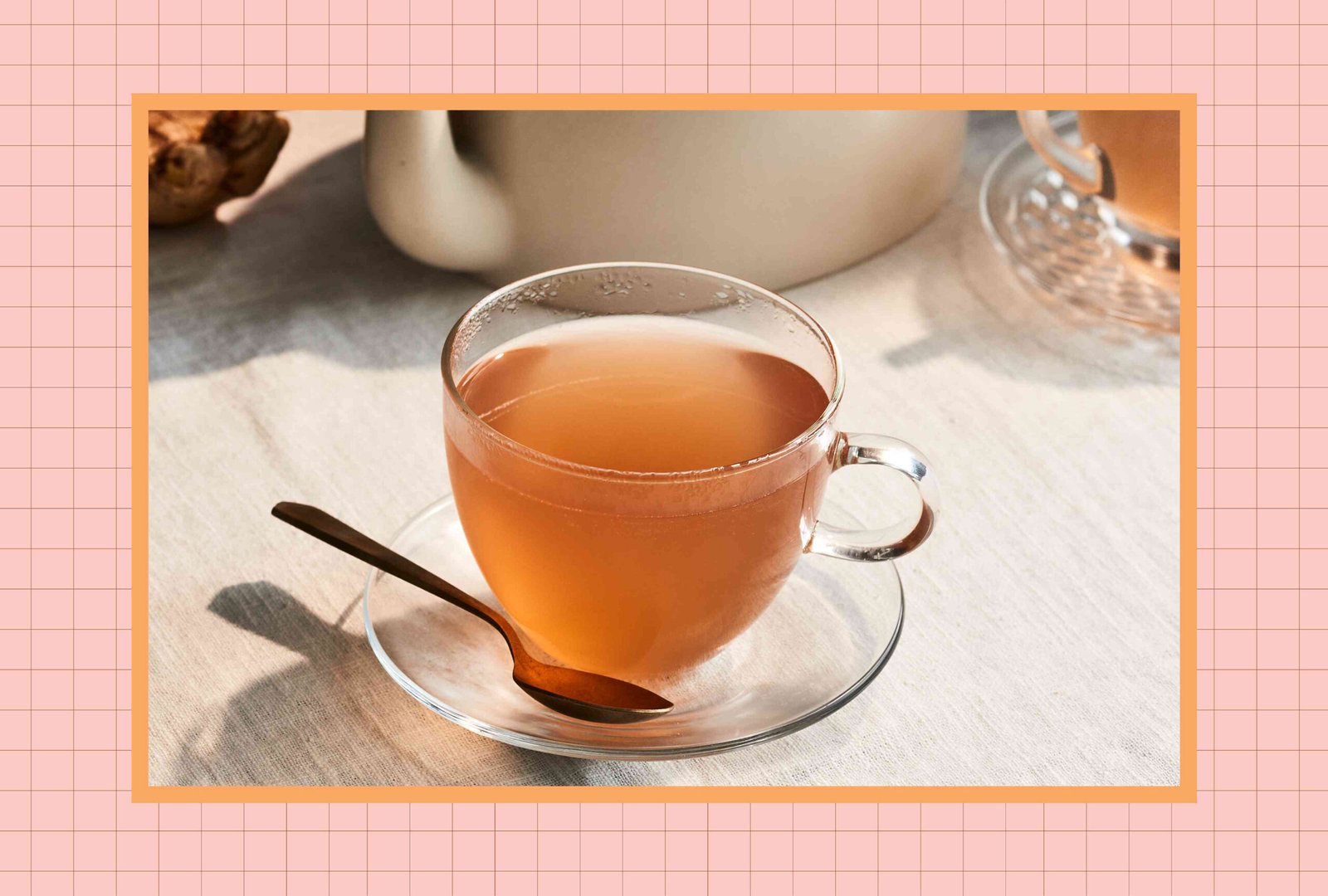A new study at the University of Alabama at Birmingham (UAB) investigates whether calligraphy can effectively reduce anxiety. Conducted by Heather McKelvey, a fourth-year medical student, the research explores this traditional art form as a potential strategy for managing anxiety, which affects 19% of adults in the United States annually, according to the National Institute of Mental Health.
McKelvey’s personal experience with anxiety—balancing medical school, a business, and family responsibilities—inspired her to examine calligraphy as a therapeutic tool. She found that engaging in calligraphy helped her to manage stress levels and slow down her pace of life.
The study involves 36 participants divided into two groups. One group undergoes a four-week calligraphy training program that includes daily homework, worksheets, and online classes, while the other group continues their daily routines without any intervention. At the end of the study, McKelvey plans to survey participants to evaluate any changes in their anxiety levels.
Research indicates that art can have a calming effect on both creators and observers. McKelvey notes that calligraphy, which involves creating aesthetically pleasing letters, may offer a more direct connection to mental wellbeing compared to other art forms. Previous studies on Chinese brush calligraphy have shown promising results in decreasing anxiety, enhancing cognitive function, and improving quality of life among older adults. Some research even suggests benefits for individuals with schizophrenia.
McKelvey’s study differentiates itself by using simple pencil and paper for calligraphy, making the practice accessible to a wider audience. She emphasizes that calligraphy requires focus, which can help redirect attention away from anxiety-provoking thoughts.
Although the study is still in the pilot phase, McKelvey aims to expand it to include thousands of participants in the future. In the meantime, she encourages anyone interested in trying calligraphy to explore free online resources, using basic materials like pencils, paper, and ink.
The hope is that calligraphy could become a valuable tool for individuals seeking alternative methods to cope with anxiety.



